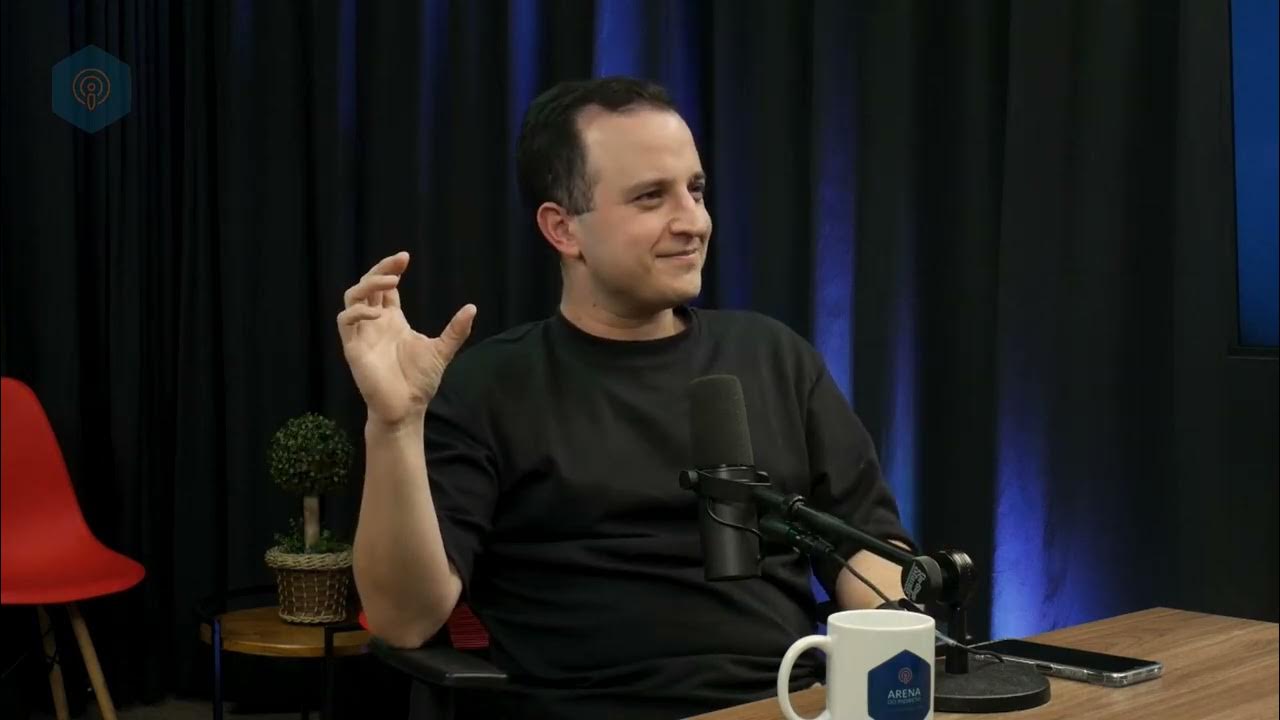Quick Commerce Impact On Kirana Stores | FMCG Industry | Sandeep Ray
Summary
TLDRIn this insightful video, Sandeep Ray, a seasoned sales consultant and motivational speaker, discusses the impact of quick commerce on traditional retail sales in India. He highlights recent trends, supported by data from Economic Times and statements by industry leaders like Nestlé's Chairman and Unilever's CEO. Quick commerce, characterized by ultra-fast delivery services, has seen rapid growth, contributing a significant portion to overall e-commerce sales. Despite this, traditional kirana stores still dominate the FMCG market, contributing 85-87% of sales. Sandeep shares his expert opinion that consumer behavior is shifting towards an omnichannel approach, where convenience drives buying patterns, benefiting various retail models over time.
Takeaways
- 😀 Quick commerce is a rapidly growing sector, contributing significantly to FMCG sales in India.
- 😀 E-commerce can be divided into three types: D2C, traditional e-commerce, and quick commerce.
- 😀 Traditional trade distributors' sales have decreased by 25-30% in the last four months due to the rise of quick commerce.
- 😀 In FMCG, approximately 5-7% of sales come from e-commerce, with quick commerce contributing a growing share of that.
- 😀 There are 13 million kirana stores in India, contributing to 85-87% of total FMCG sales, still a dominant force.
- 😀 Quick commerce platforms are now responsible for around 35% of the e-commerce sales in India, with personal care items seeing a significant decline in the last four months.
- 😀 A forecast of 5 million new monthly transacting users will join the quick commerce ecosystem within the next year.
- 😀 Quick commerce offers unmatched convenience, with deliveries happening in as little as 10 minutes, meeting the immediate needs of consumers.
- 😀 The rise of quick commerce is reshaping consumer behavior, with customers increasingly turning to it for quick snack and personal care product purchases.
- 😀 Despite the rapid growth of quick commerce, traditional stores and modern trade channels still hold a strong place in the market, especially in smaller cities and tier 2 or 3 regions.
- 😀 The future of commerce in India seems to be heading towards an omnichannel approach, where consumers shop across various platforms—offline, online, and quick commerce—based on convenience.
Q & A
What is the main topic discussed in the video?
-The video discusses the impact of quick commerce on the sales of kirana (grocery) stores in India, examining the effects of e-commerce and quick commerce on the retail sector, especially small businesses.
How does the speaker differentiate between different types of e-commerce?
-The speaker outlines three types of e-commerce: D2C (Direct to Consumer), where companies sell directly via their own websites; traditional e-commerce, where platforms like Amazon and Flipkart facilitate sales; and quick commerce, where products are delivered within a very short timeframe (e.g., 10 minutes).
What is the impact of quick commerce on the sales of traditional distributors?
-According to a news article referenced in the video, traditional trade distributors have experienced a 25-30% decrease in sales over the last four months due to the rise of quick commerce.
How significant is the contribution of e-commerce to FMCG sales in India?
-E-commerce contributes around 8.3% to the overall FMCG sales in India, with quick commerce accounting for 50% of that share, indicating significant growth in this sector.
What does the article say about the contribution of kirana stores to FMCG sales?
-The article states that kirana stores contribute 85-87% of the total FMCG sales in India, highlighting their dominant role despite the rise of e-commerce and quick commerce.
How is quick commerce impacting specific FMCG categories?
-Quick commerce has notably affected personal care items, with a 10% decrease in stock movement in the last four months. The speaker suggests that snacks and personal care categories are especially prominent in quick commerce.
What are the expected changes in the quick commerce sector?
-The quick commerce sector is expected to add 5 million new monthly users in the coming year, reflecting rapid growth and an increasing market share in FMCG sales.
How did quick commerce platforms perform during Diwali?
-During Diwali, quick commerce platforms saw increased sales as they offered multiple benefits to consumers, such as returns within 10 minutes and special assortments, which boosted their performance during the festive season.
What does the interview with Mr. Shumacher reveal about consumer behavior across different retail channels?
-Mr. Shumacher mentions that consumers generally visit modern trade stores for monthly purchases, quick commerce for weekly purchases, and traditional stores for daily items. This reflects the varying needs of consumers based on convenience and immediacy.
What is the speaker’s opinion on the future of retail in India?
-The speaker believes that India is moving towards an omnichannel purchasing behavior, where consumers will shop both online and offline, utilizing various retail channels like quick commerce, e-commerce, and traditional stores depending on their needs.
Outlines

Cette section est réservée aux utilisateurs payants. Améliorez votre compte pour accéder à cette section.
Améliorer maintenantMindmap

Cette section est réservée aux utilisateurs payants. Améliorez votre compte pour accéder à cette section.
Améliorer maintenantKeywords

Cette section est réservée aux utilisateurs payants. Améliorez votre compte pour accéder à cette section.
Améliorer maintenantHighlights

Cette section est réservée aux utilisateurs payants. Améliorez votre compte pour accéder à cette section.
Améliorer maintenantTranscripts

Cette section est réservée aux utilisateurs payants. Améliorez votre compte pour accéder à cette section.
Améliorer maintenantVoir Plus de Vidéos Connexes

BECOMING THE PERSON CLIENTS WANT TO SPEAK WITH - The Brutal Truth about Sales Podcast

Breakdown Tipe penjualan By Thimoti Ronald Co Founder akademi crypto

DIGITALIZAÇÃO DO VAREJO INDIRETO - #06

【電商情報戰】蝦皮當日到貨上線!對消費者有利,但將會引發改賣家逃難潮?#電商tony #行銷 #電商#蝦皮#物流競爭#電商戰略#賣家挑戰

The future of shopping: what's in store?

The Greatest Sales Of Your Life - With The Einstein Of Sales
5.0 / 5 (0 votes)
